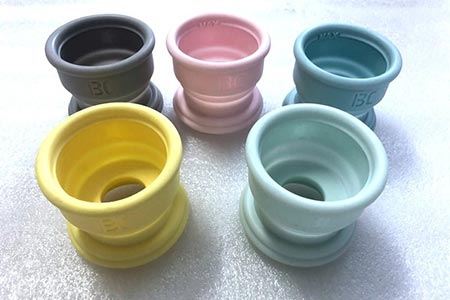What is the difference between rapid tooling and conventional tooling?
Views: 797 Update date: Feb 01,2024
Rapid tooling and conventional tooling both serve the purpose of creating molds or tools for manufacturing processes, but they differ in their approach, speed, and cost-effectiveness.Speed: Rapid tooling techniques aim to produce molds or tools quickly, often within days or weeks, whereas conventional tooling methods typically take longer, ranging from weeks to months.
Cost: Rapid tooling processes tend to be more cost-effective for low to medium volume production runs due to their shorter lead times and lower initial investment. Conventional tooling, on the other hand, is usually more expensive upfront but may be more cost-effective for high-volume production runs in the long term.
Techniques: Rapid tooling encompasses various techniques such as additive manufacturing (e.g., 3D printing), CNC machining, and soft tooling (using materials like silicone or epoxy), which are chosen based on factors like material properties, complexity of the part, and required lead time. Conventional tooling primarily involves subtractive manufacturing processes like milling, turning, or grinding to shape metal blocks into molds or tools.
Material Selection: Conventional tooling often allows for a wider range of materials to be used for the molds or tools, including metals like steel and aluminum, whereas rapid tooling materials may be limited to specific plastics, resins, or other additive manufacturing materials.
Overall, the choice between rapid and conventional tooling depends on factors such as production volume, lead time, part complexity, precision requirements, and budget constraints. Rapid tooling offers speed and cost advantages for certain applications, while conventional tooling provides higher precision and flexibility for more demanding manufacturing needs.




